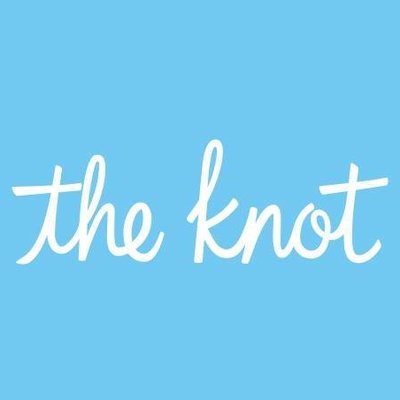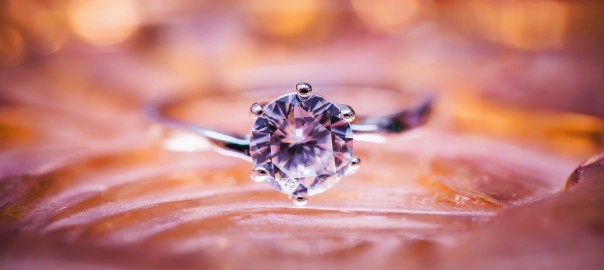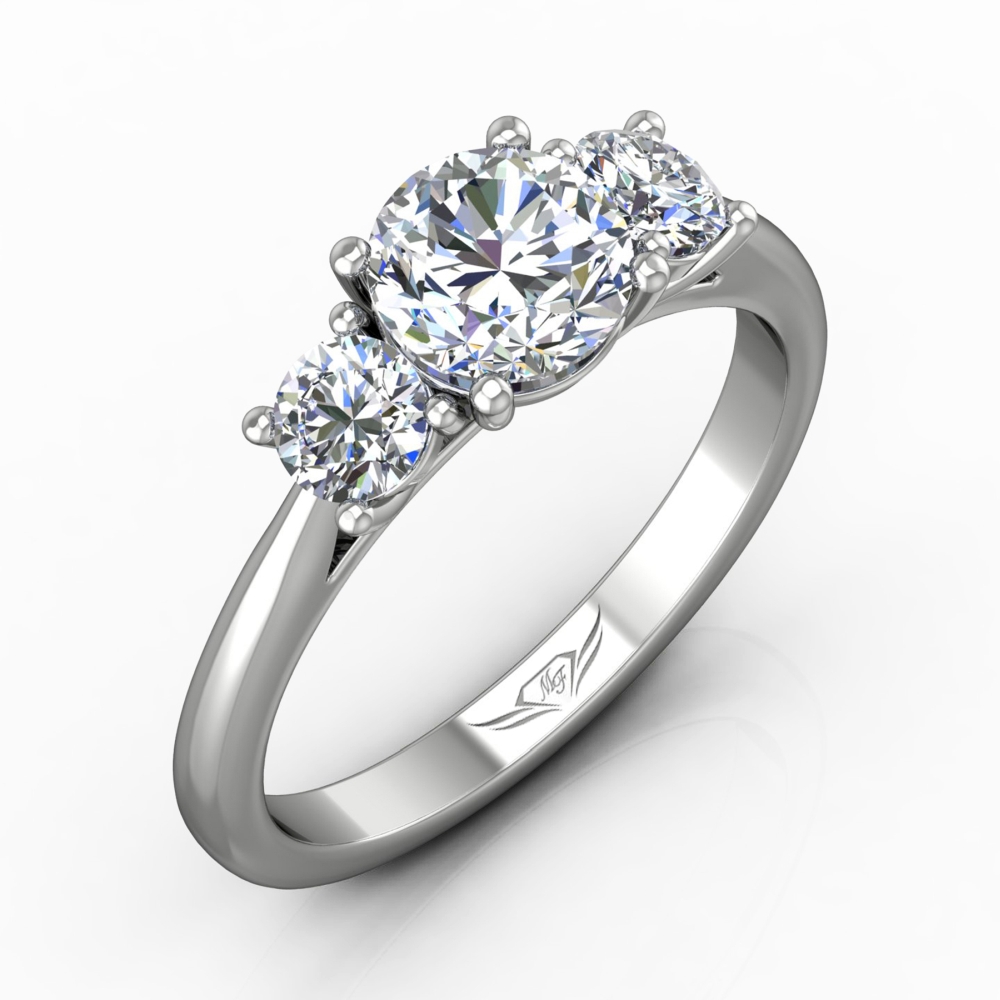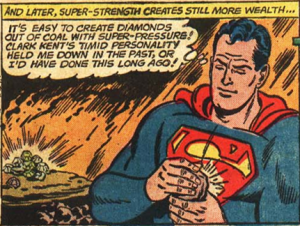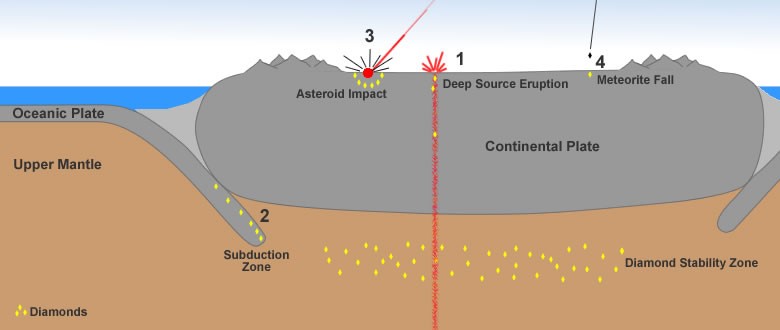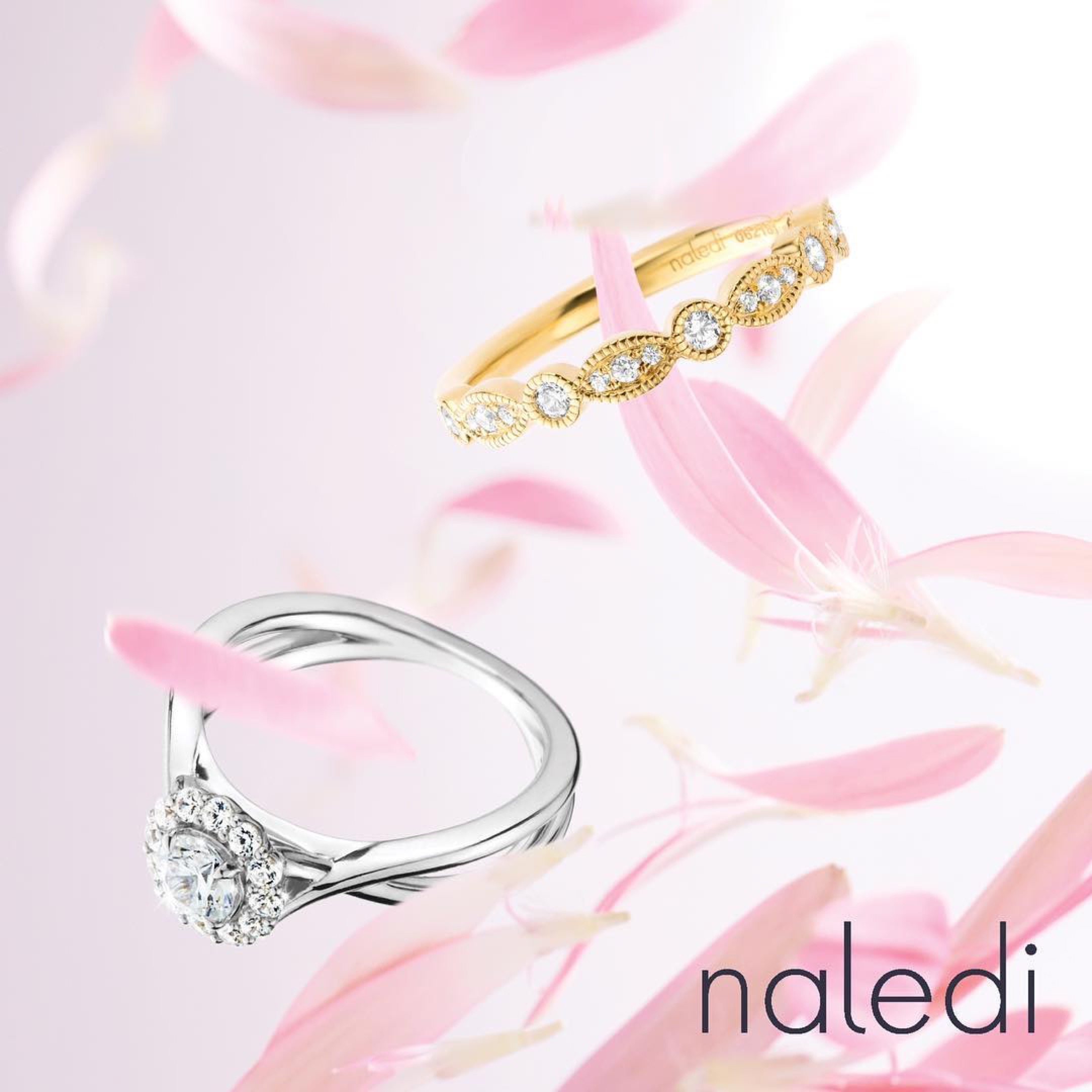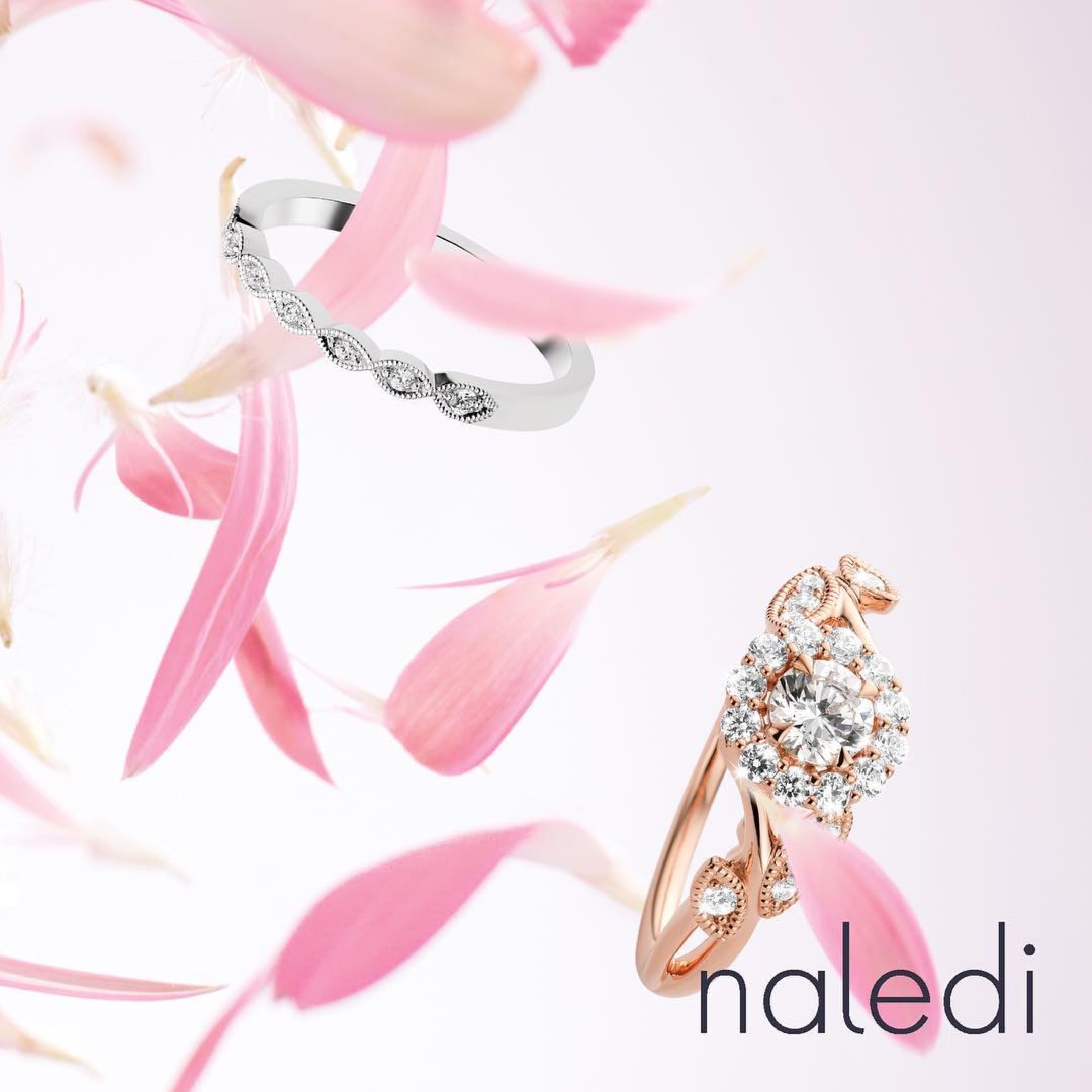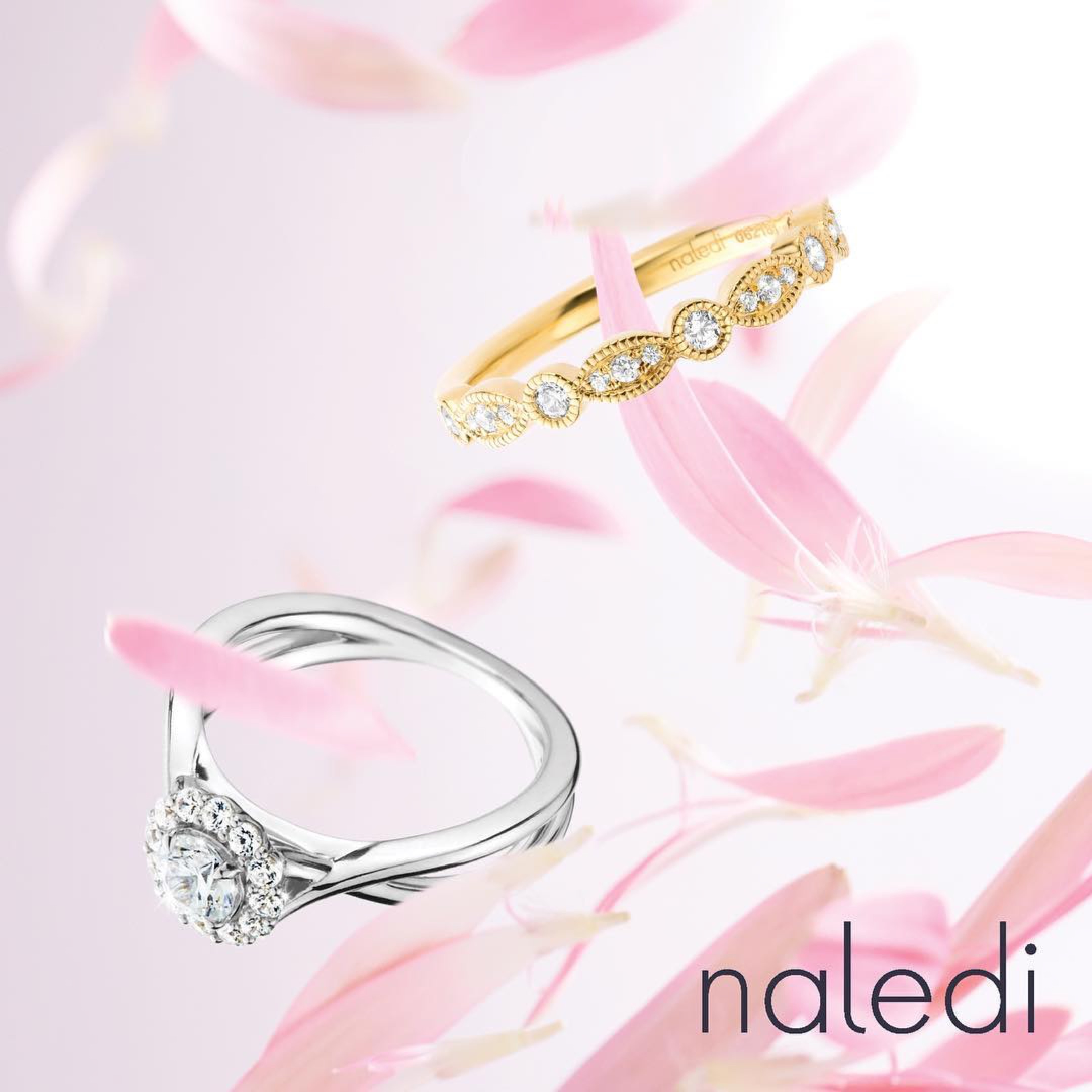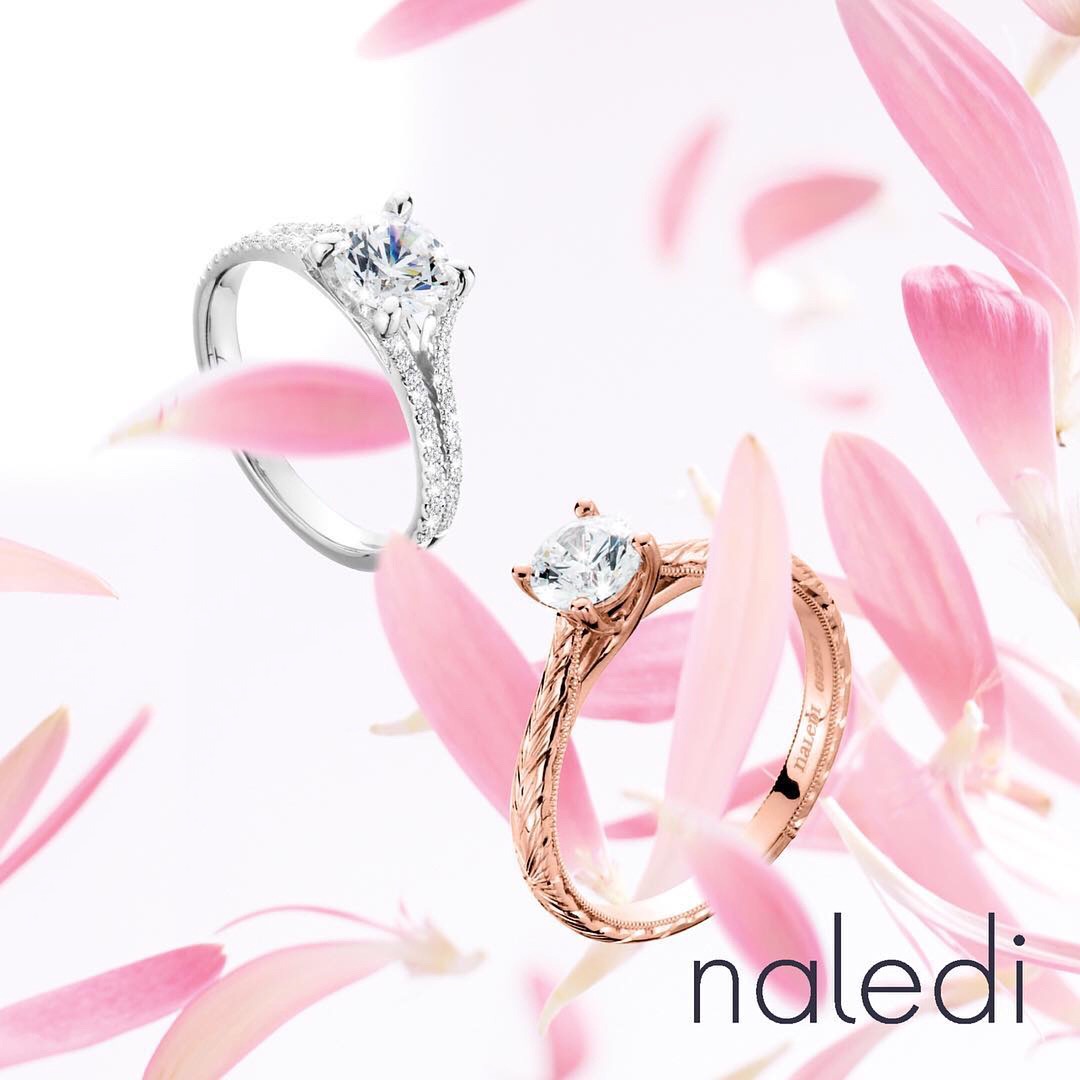As we have looked at the incredible scarcity of diamonds, we decided to dive deeper, beyond the 4 C’s and into the process of diamond cutting. Diamonds, are one of the hardest objects found on earth. In fact, Diamonds top the Moh’s scale of hardness at a 10. There are entire industries dedicated to making industrial tools that use diamonds for cutting through other materials. In fact, when cutting a diamond, diamond cutters will either use other diamonds or specialized lasers.
That being said, this presents diamond cutters an enormous challenge and tedious effort to bring it from a rare rough stone to the beautiful, valuable finished diamond! In this process, there is no room for error; every step must be meticulously scrutinized because one mishap and the profitability of the diamond will be affected. 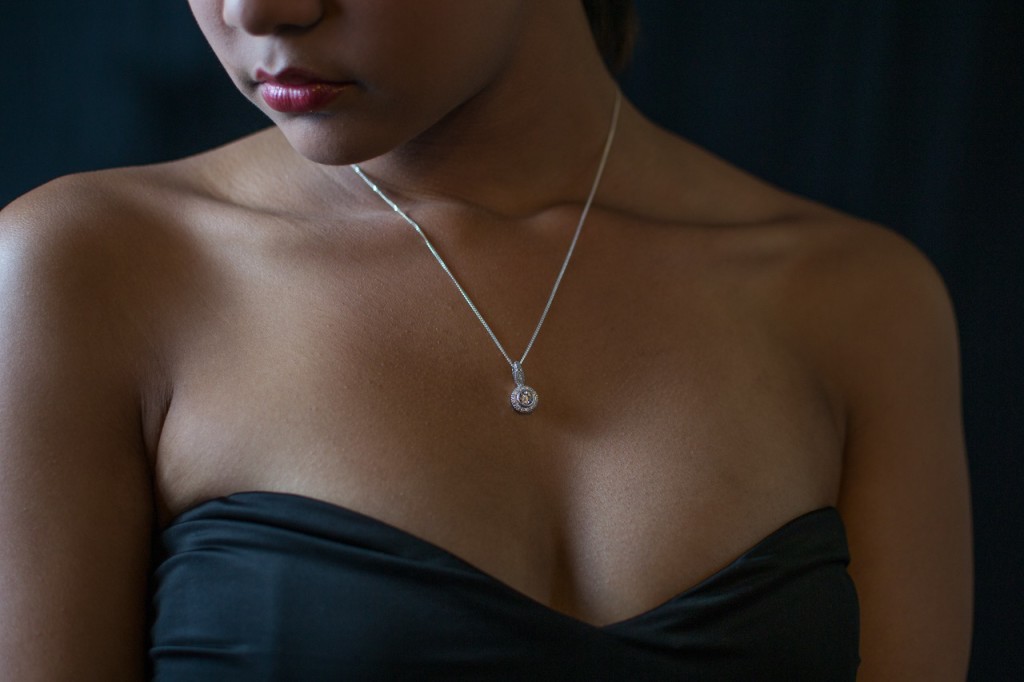
The Process:
Determining Cut, Proportions and Size:
Being the most important C of the 4 C’s, the diamond cut refers to the diamonds proportions, symmetry and polish. This, according to Lumera, is the most important factor when determining the “beauty of a diamond”. The balance between the optimal cut (a combination of brilliance, fire and scintillation*) and carat weight, is crucial. Cuts too deep or too shallow will lose light entering the diamond. This light tends to escape through the bottom of the diamond.
This is where proportions come into play; the size, shape and angle of each facet of a diamond. Light entering the diamond in the forms of refraction and dispersion, will bounce within the diamond and then exit. The result, is white light separating into the visible color spectrum. Combining the shapes, angles, culet size, polish, symmetry and facet effects determines the cut grade. Please note, that this only refers to round diamonds which the GIA attributes a cut grade.
Cleaving or Sawing:
Once the diamond cutter has planned and mapped out the cut of the diamond (usually mapped with 3D imaging), the rough diamond must be cut into smaller, more manageable sizes. Cleaving, generally refers to cutting the diamond into smaller pieces along the diamond’s tetrahedral plane, the point where the diamond is the weakest. When no plane is present, due to odd shaped rough diamonds, cutters will use either a laser or a phosphor-bronze blade rotating at roughly 15,000 rotations per minute (How Stuff Works). It is at this point, where the diamond begins to take on its initial appearance.
Bruiting or Cutting:
This step is when the diamond truly takes form into its final product. This refers to the meticulous cutting (either by hand, bruiting, or mechanically with a lathe). As we mentioned before, it takes another diamond to cut a diamond. The first step, known as girdling, uses two diamonds spinning in opposite directions to create rough round stones.
Polishing:
The process of blocking and brillianteering will form the facets of the diamond (Beyond 4 C’s). During the blocking stage, diamond cutters add 8 pavilion mains, 8 corns, 1 cutlet and 1 table facet. They will add the remaining 57 facets during the brillianteering stage. By placing the diamond on a rotating arm and using a spinning wheel coated with an abrasive material made up of diamond dust, the diamond cutter determines the diamond’s fire and brilliance during this stage.
Inspecting:
Next, the diamond is inspected and graded. At Schwanke-Kasten Jewelers, we use G.I.A. certified diamonds for our diamond engagement rings.
For a deeper insight into the diamond cutting process, we recommending checking out the video below. Call Schwanke-Kasten Jewelers at one of our locations to schedule a consultation with one of our G.I.A.-certified gemologists. Check our the diamond cutting video below. Diamond cutting is the most important part of the pricing a diamond. Poor diamond cutting can damage the structure of a diamond.
https://www.youtube.com/watch?v=zDFKRySInVs
Notes
- Brilliance refers to the brightness created by the combination of all the white light reflections from the surface and the inside of a polished diamond (Lumera)
- Fire is the dispersion of light into the colors of the visible spectrum, seen as flashes of color (Lumera)
- Scintillation are the flashes of light and dark, or sparkle when a diamond or light source is moved (Lumera)

